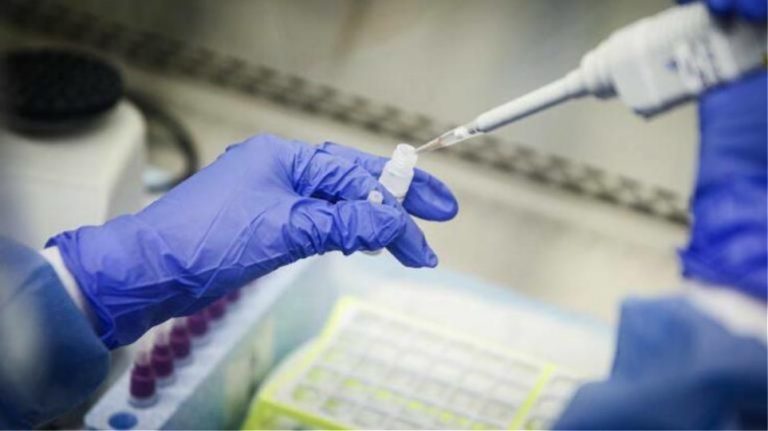In 2003, history was made. For the first time, the human genome was sequenced. Since then, technological improvements have enabled tweaks, adjustments, and additions, making the human genome the most accurate and complete vertebrate genome ever sequenced.
Nevertheless, some gaps remain – including human chromosomes. We have a pretty good grasp of them in general, but there are still some gaps in the sequences. Now, for the first time, geneticists have closed some of those gaps, giving us the first complete, gap-free, end-to-end (or telomere-to-telomere) sequence of a human X chromosome.
The accomplishment was enabled by a new technique called nanopore sequencing, which enables ultra-long-reads of DNA strands, providing a more complete and sequential assembly.
This is in contrast to previous sequencing techniques, in which only short sections could be read at a time. Previously, geneticists had to piece together these sections like a puzzle.
Man fires shots against Trump supporters in drive by attack
While they were pretty good at this, the pieces tend to look the same, so it’s very tricky to know if you’re getting it right – not just the right order, but how many repeats there are in the sequence. And, of course, there are minute gaps.
“We’re starting to find that some of these regions where there were gaps in the reference sequence are actually among the richest for variation in human populations, so we’ve been missing a lot of information that could be important to understanding human biology and disease,” said satellite DNA biologist Karen Miga of the University of California Santa Cruz Genomics Institute.
Ask me anything
Explore related questions





